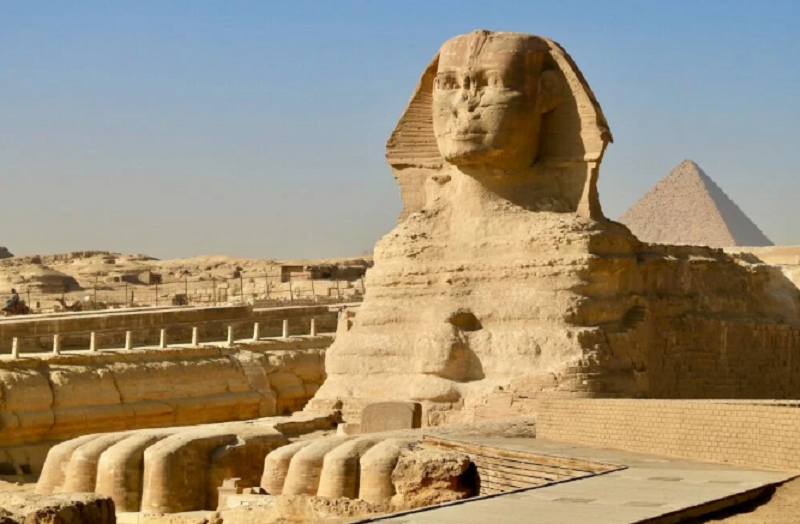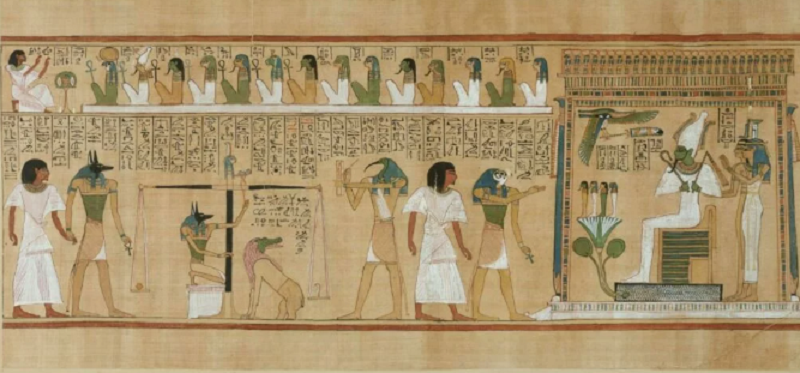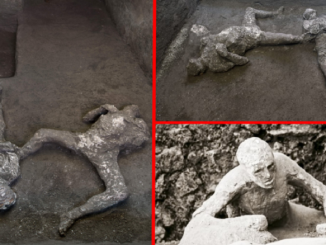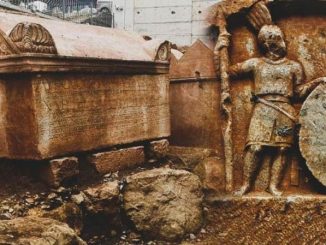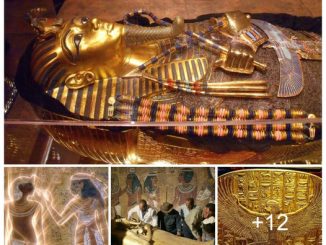Egypt, land of pharaohs, pyramids and ancient mystery, has captured the human imagination for centuries. At the heart of this passion are the treasures and artifacts left behind by one of history’s most remarkable civilizations.
Egyptian history spans over 5,000 years and during this extraordinary journey through time, countless artifacts have been unearthed, revealing the genius, spirituality and artistic mastery of the ancient Egyptians .
From colossal statues to exquisitely decorated sarcophagi, from monumental pyramids to intricate hieroglyphs, these artifacts represent countless aspects of a civilization that developed along along the banks of the Nile River.
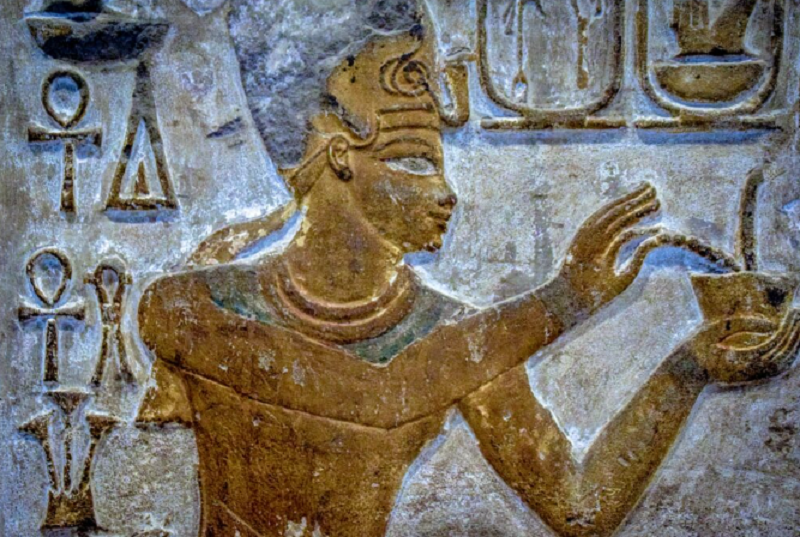
In this article, we embark on a fascinating journey back in time as we explore the “Top 20 Artifacts of Ancient Egypt”. Each of these treasures serves as a portal into a world where art, religion and history converge in unparalleled splendor. These artifacts include monumental structures such as the Great Sphinx and the Pyramids of Giza, as well as intricate objects such as the Rosetta Stone and the Book of the Dead.
From Sekhmet’s divine guardianship to the fascinating history of the Abydos King List, we’ll delve into the deep cultural and spiritual significance of each item. Join us as we explore the enduring legacies of these ancient wonders, allowing us to piece together the fascinating puzzle of Egypt’s past.
1. Rosetta Stone: Decoding the secrets of ancient Egypt
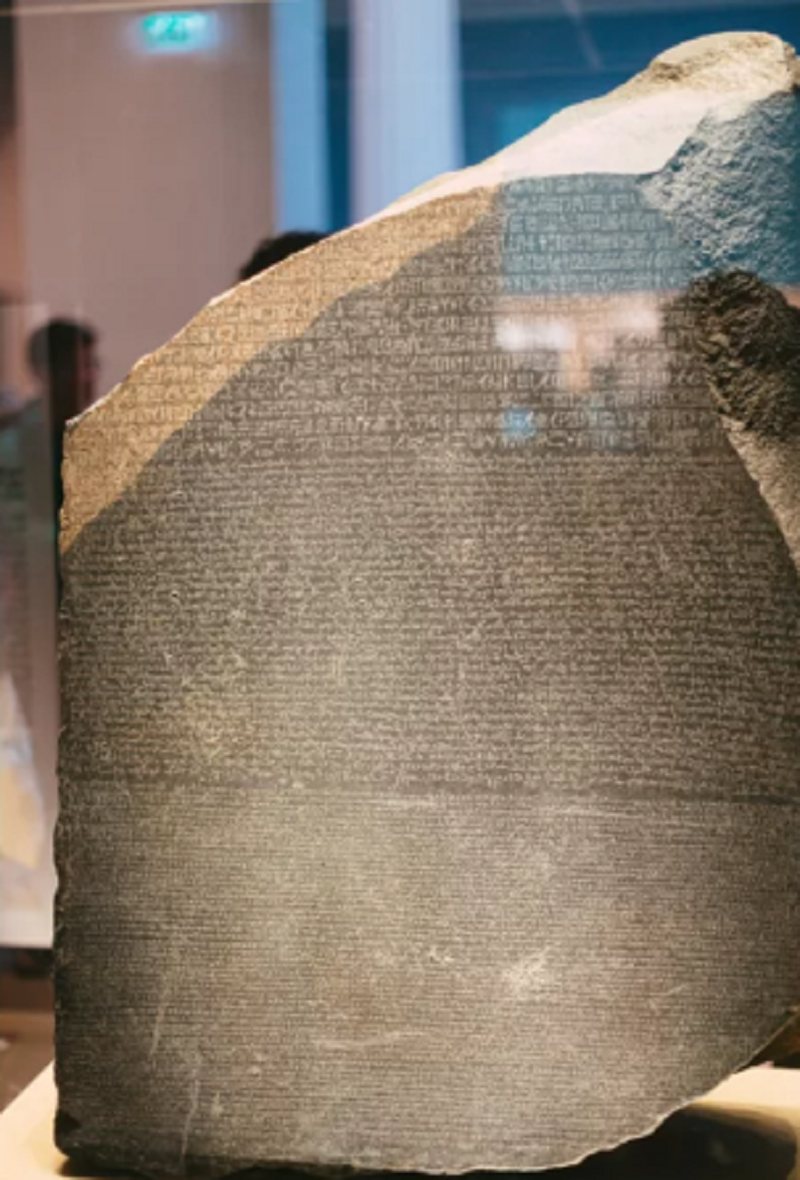
Rosetta Stone
The Rosetta Stone, one of the world’s most famous artifacts, was discovered in 1799 during Napoleon Bonaparte’s Egyptian campaign by French soldiers. This priceless artifact is believed to date back to 196 BC during the reign of King Ptolemy V Epiphanes.
What makes the Rosetta Stone special is that the inscriptions are inscribed in three types of script: Greek, demotic, and hieroglyphs. It became the key to deciphering the mysteries of ancient Egyptian hieroglyphs, allowing scholars to understand this complex writing system for the first time.
The discovery of the Stone laid the foundation for modern Egyptology, allowing us to study in depth the literature, history and culture of this civilization.
2. The Great Sphinx of Giza: Guardian of the Pyramids
The Great Sphinx of Giza
The Great Sphinx at Giza is an enduring symbol of the grandeur of ancient Egypt. Believed to have been built during the reign of Pharaoh Khafre around 2500 BC, this colossal statue represents a mythical creature with the body of a lion and the head of a pharaoh.
It protects the Giza Pyramids, whose age and origins continue to attract archaeologists and historians. Although time and erosion have eroded many details, the mysterious expression of the Sphinx still captures the imagination, making it a testament to the architectural and artistic prowess of the Ai people. Ancient Egypt.
3. Book of the Dead: Towards the Afterlife
Book of the Dead | Photo source: British Museum
The Book of the Dead, also known as the “Day of the Coming,” is a collection of funerary texts originating in the New Kingdom (1550–1070 BC).
These texts, often engraved on papyrus scrolls, were placed in tombs to guide the deceased through the afterlife. They contain spells, talismans and instructions to help the soul overcome various trials in the realm of death.
These texts provide a unique insight into the beliefs and rituals surrounding death and the afterlife in ancient Egypt. The Book of the Dead is a testament to the deep spirituality of the Egyptians and their quest for eternal life.
4. King Tutankhamun’s death mask: The face of royalty
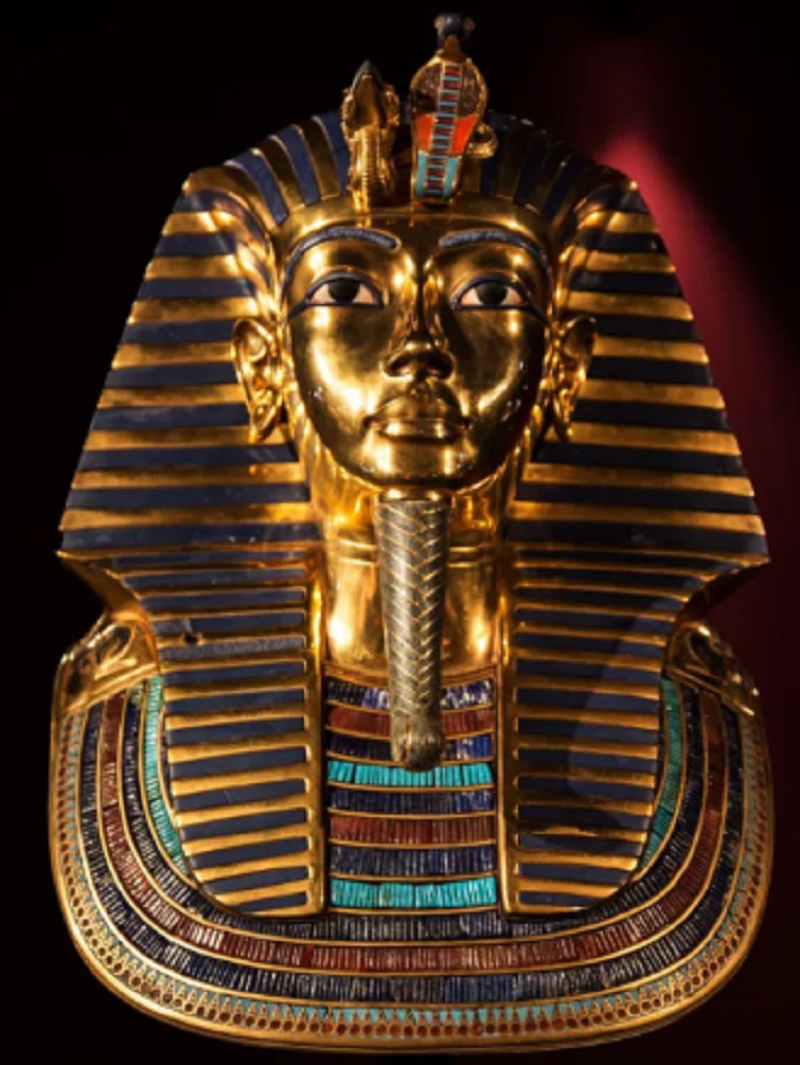
Tutankhamun’s death mask
Howard Carter’s discovery of King Tutankhamun’s tomb in 1922 ranks among the most important archaeological discoveries of the 20th century.
Among the treasures in the tomb is the young pharaoh’s beautiful golden death mask. The mask, believed to date from 1323 BC, is a masterpiece of art and craftsmanship. It adorned the mummy of King Tut and remains a symbol of the wealth and splendor of ancient Egypt.
This iconic artifact, with its lifelike features and intricate detail, offers a glimpse into the world of Egyptian royalty and their reverence for the afterlife.
5. Narmer Palette: Celebrate the unification of ancient Egypt

Narmer color palette | Image source: worldhistory.org
The Narmer Palette, an iconic artifact from ancient Egypt, was discovered in Hierakonpolis (modern-day Nekhen) and is believed to date to around 3100 BC.
It is an ancient ceremonial slate tablet commemorating the unification of Upper and Lower Egypt during the reign of King Narmer, also known as Menes. This unification marked a pivotal moment in Egyptian history, leading to the birth of a centralized Egyptian state and the formation of pharaonic civilization.
Intricate relief carvings on the palette depict Narmer wearing the White Crown of Upper Egypt and the Red Crown of Lower Egypt, symbolizing the unity of the two regions. The Narmer Palette serves as a historical milestone, shedding light on political and cultural developments in the early days of ancient Egypt.
